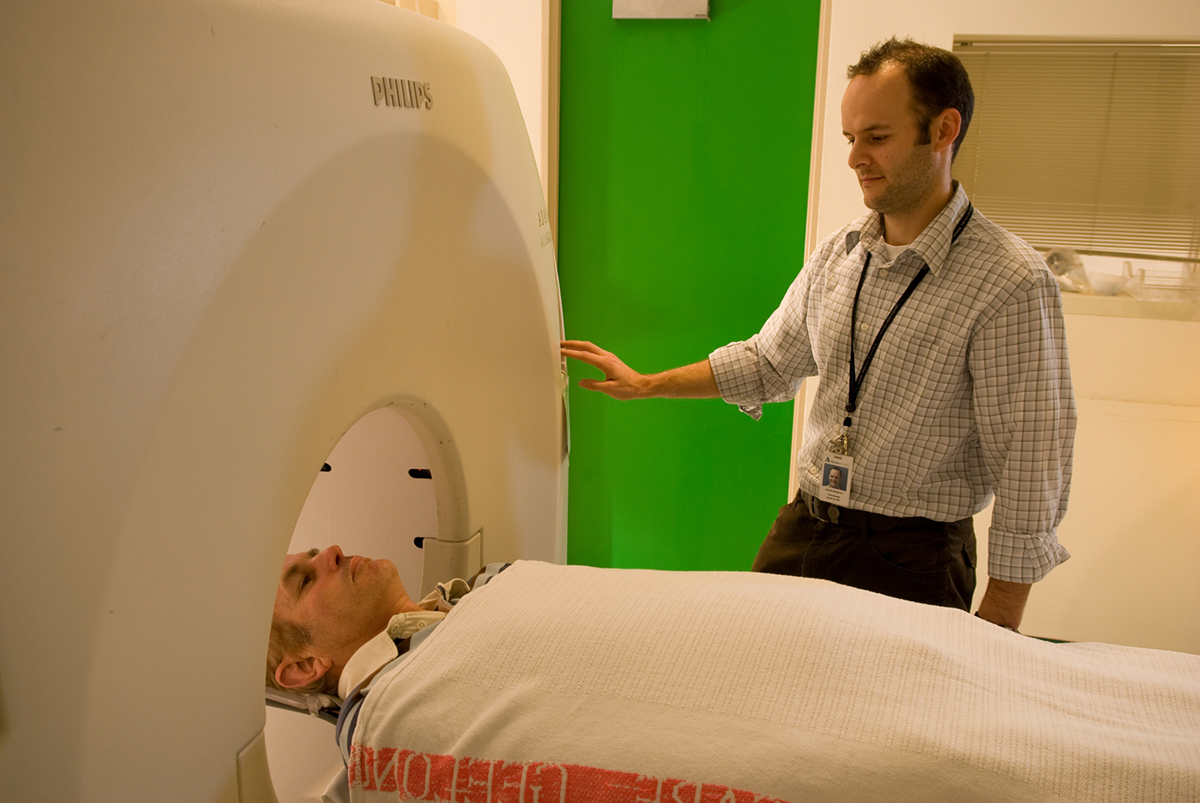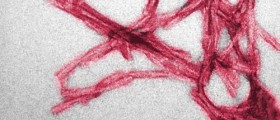
Creutzfeldt-Jakob disease is rather uncommon degenerative brain disorder that is completely incurable and always leads to lethal outcome. It affects one person in a million. In the United States 200 new cases are reported each year. The disease mainly occurs in adults. The symptoms develop rapidly. The very course of the disease is extremely quick and the majority of patients die within a year after the first symptoms have occurred. At the beginning of the disease there are only slight changes connected to problems with memory or minor changes in person's behavior or coordination. In the course of the disease symptoms become more severe and the person deteriorates intensively and finally ends up in a coma.
Creutzfeldt-Jakob disease can be classified into three types, sporadic, hereditary and acquired. Sporadic form of the disease develops in spite of the absence of obvious risk factors. Still this type of Creutzfeldt-Jakob disease is most frequent. 85% of all patients suffer from sporadic form of the disease. Hereditary Creutzfeldt-Jakob disease occurs in people who carry genetic mutation on a specific gene. And finally acquired form of the disease develops after the brain and the brain tissue have been subjected to the cause. This exposure mostly occurs during some medical procedures.
This disease is only one of the several transmissible spongiform enceplalophaties. The very name spongiform means that the brain changes so that it finally resembles a sponge. Additional encephalophaties include kuru, Gerstmann-Straussler-Scheinker disease and fatal familiar insomnia. Kuru was spread among people of New Guinea and caused by cannibalism. Today it is almost completely eradicated. Other two encephalophaties are inherited.
The basic symptom of Creutzfeldt-Jakob disease is quick and progressive dementia and delirium. In the very beginning patients may complain about problems with coordination. They cannot move muscles properly and willingly and the muscles are rigid and are twitching on their own. Additionally spontaneous myoclonus occurs. The patient's character and behavior change a lot. The memory is severely damaged. He or she cannot make judgment appropriately. Even the simple thinking is affected. There are also changes in vision such as blurred vision or complete loss of vision. Patient cannot walk properly. Hallucinations and problems with sleeping are present in most of the cases. In terminal stage of the disease patient is confused and disorientated. The speech impairs gradually. The patient end up comatose and eventually dies. One of the possible complications of the disease is pneumonia which develops as patient is bed ridden for a long period of time.

















Your thoughts on this
Loading...